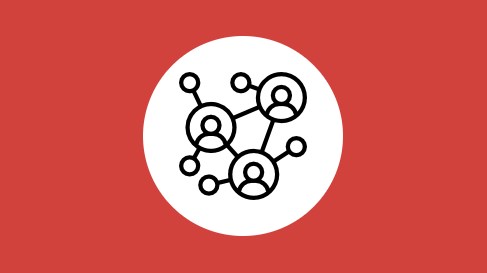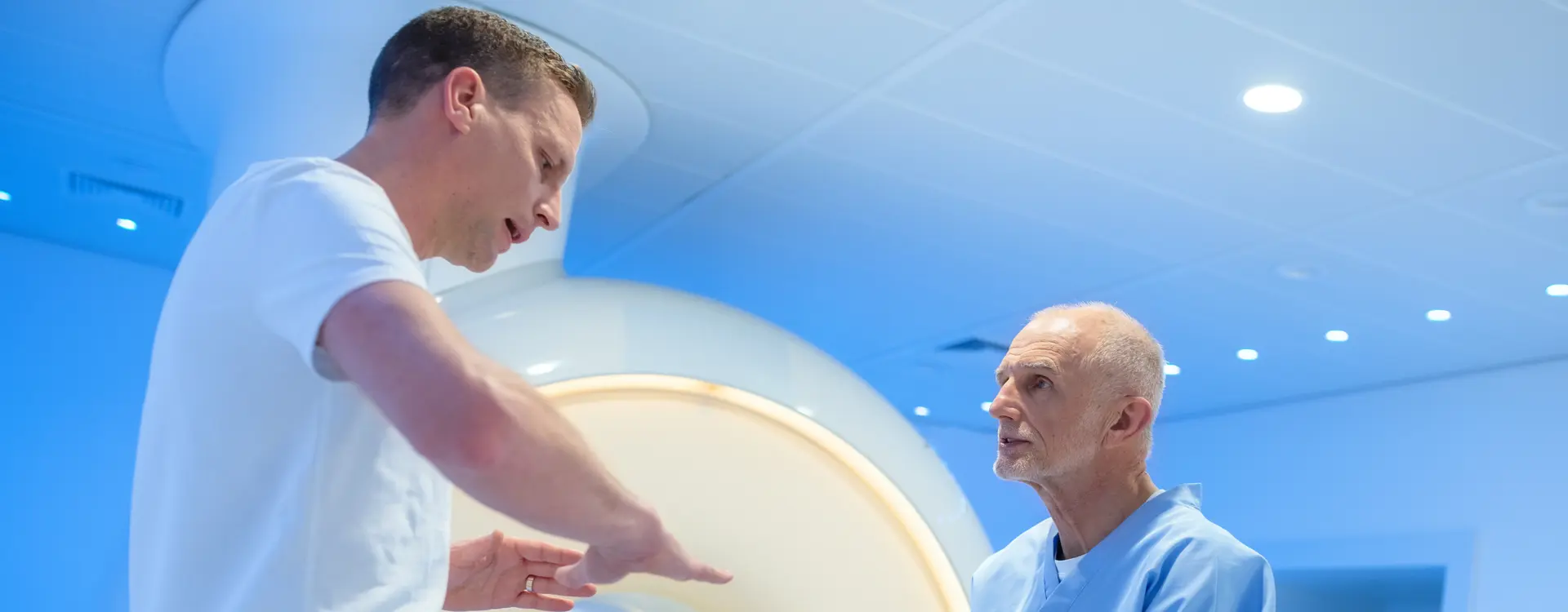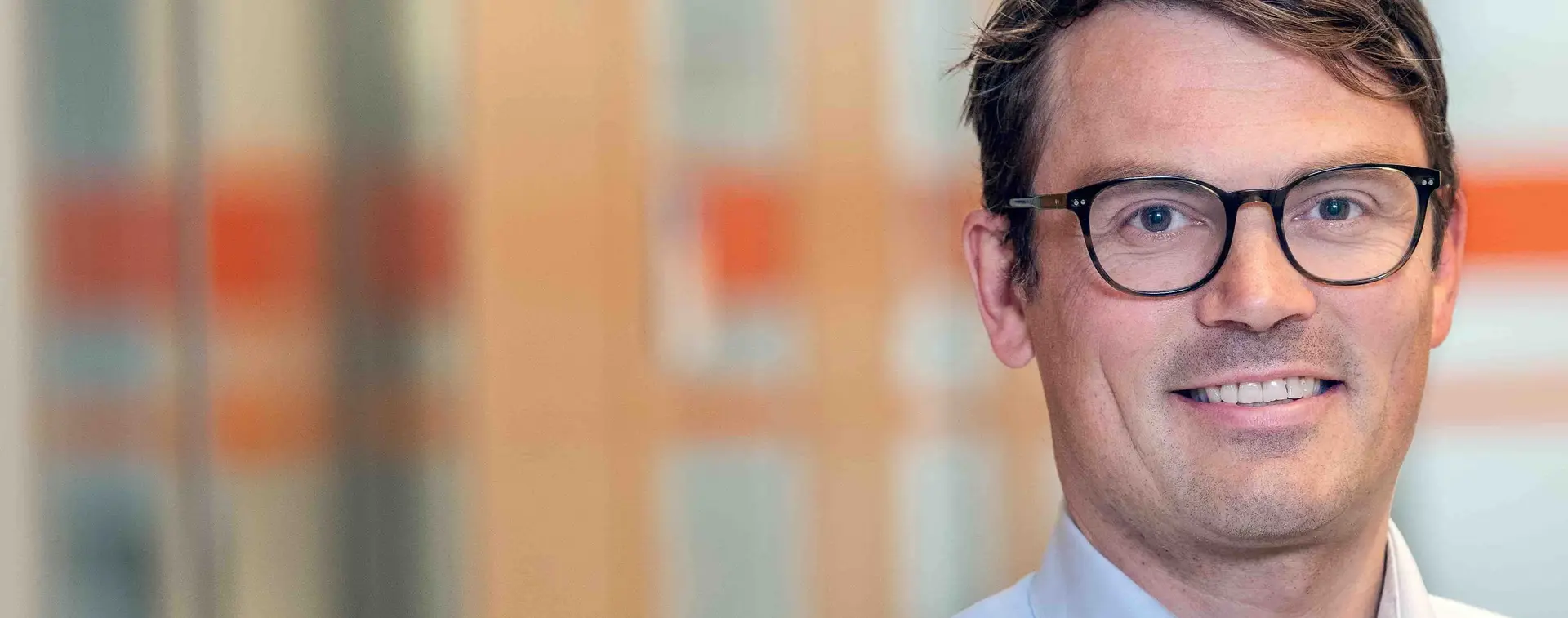About the project
RACOON successfully provides the Reseach Infrastructure for medical image-based research. It is designed as a national research platform that provides and maintains a complete ecosystem for modern image-based medical research projects. RACOON emphasises user-friendliness and creates a unique collaborative environment by including all radiology departments within the German Network University Medicine as partner sites in compliance with data protection. RACOON is designed as an extensible, modular system that can support multiple individual research projects (subprojects) and maintain the workflows and methods established by these to improve its functionality for future subprojects.
► more
The main vision of the project is to develop a comprehensive collaborative platform for medical image-based research that allows radiological studies to be conducted in a user-friendly way.
RACOON aims to provide a complete, modular ecosystem for research projects by including all radiological departments within the German Network University Medicine as partner sites while respecting data protection.
A number of hurdles must be overcome in order to ensure smooth interaction between the stabilisation of infrastructure components and the simultaneous expansion of functionality. For example, a regulatory framework for legally compliant, transnational research must be established. Security gaps must also be recognised and eliminated in order to guarantee maximum data security. At the same time, standardised processes must be established to ensure high data quality. The functionality of the infrastructure modules must be adapted to the requirements of the various research projects. The scalability of research studies in single-centre design to multi-centre research projects must also be considered, taking into account the mostly incompatible data storage of the various research partners.
In RACOON, a platform for medical image-based research is being developed in collaboration with established technology partners, university working groups, cross-site computer scientists, medical users and researchers.
- RACOON is developing and updating a regulatory framework concept for RACOON SUBPROJECTS for collaborative research in nationwide partner networks
- RACOON is based on interoperable interface and data standards and develops these further to enable sustainable use of the infrastructure and its components
- RACOON relies on machine-readable and interoperable data formats for research datasets
- RACOON develops an information model taking into account existing data models and with the involvement of high-calibre technical experts
- RACOON brings developers to the sites and connects them with the development teams of the technology partners and the users in cross-site, interdisciplinary expert groups
- RACOON has a modular design and allows new infrastructure modules to be added on an ongoing basis in the form of infrastructure expansions
- RACOON can map the complete life cycle of research projects with multimodal data sets
- Process definitions, interactive QM modules, SOPs & quality standards are harmonised and provided via a common project management environment
- An open-source software environment and a powerful server network enable AI development and deployment in RACOON
- The monitoring of the network function and the review of the progress of research projects is supported by monitoring modules
- Dedicated work packages exist to establish security processes
- Independent security audits and penetration tests are carried out
RACOON has successfully set up a hardware and software infrastructure with network nodes at all German university hospitals. The infrastructure architecture consists of a combination of these decentralised components and a secure central environment (RACOON-CENTRAL) to create a powerful overall infrastructure. Research projects can benefit from fast and secure commissioning and seamless scalability across multiple locations. RACOON CENTRAL also includes the functionalities of the decentralised instances, such as structured reporting, image annotation and segmentation, training or inference of Artificial Intelligence (AI) as well as central monitoring of the individual RACOON nodes. These components form a trustworthy, cross-partner research environment whose functionality is constantly being expanded both through generic method packages and through specific workflows and methods that are developed and introduced as part of RACOON research applications. As all applicable requirements (medical device class IIb) are met, routine clinical use for image diagnosis and analysis, including cross-site counselling support, is possible.
Highlights

Several international and national RACOON network meetings were held last year. For example, RACOON was represented at the ECR (European Congress of Radiology) 2023 in Vienna and at the RSNA (Radiological Society of North America) in Chicago. In addition, all project participants came together at the quarterly RACOON retreats and workshops in Essen, Munich, Berlin and Bremen to exchange ideas. RACOON will be present at the NUM Convention and the German Conference on Medical Image Computing - Image Processing for Medicine in 2024.





